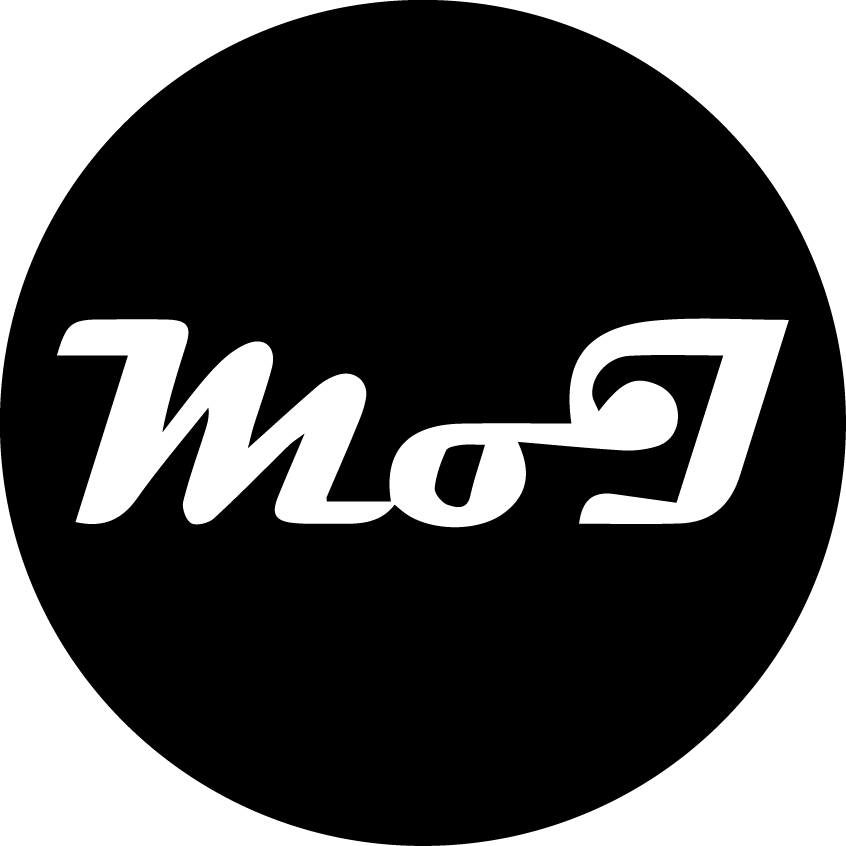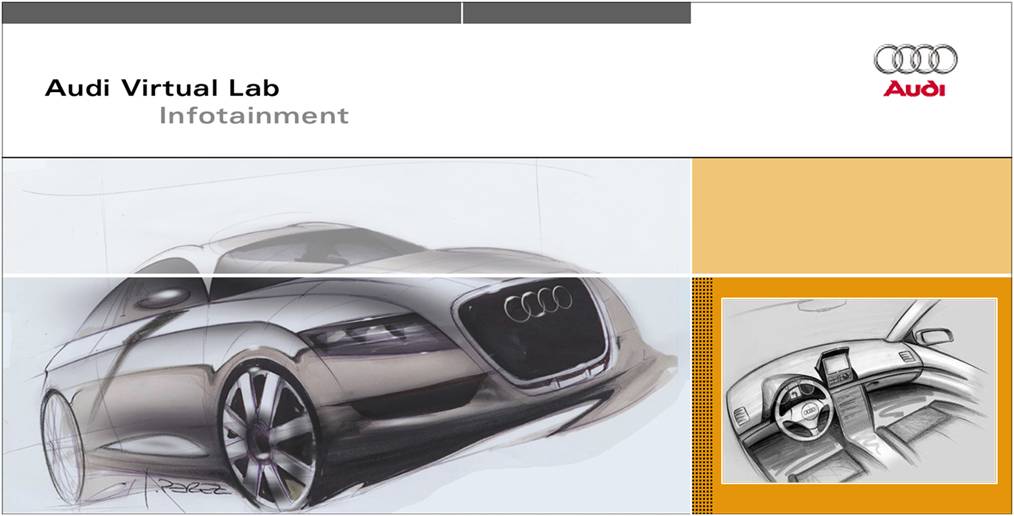
In the following I want to share some insights mainly from the co-creation projects I initiated during the time I worked for the carmaker Audi. Two consecutive projects termed the “Audi Virtual Lab 1” and the “Audi Virtual Lab 2” were conducted in Germany, Japan and in the US. Overall more than 7.000 customers participated in the co-development of the Audi in-car multimedia system. As a co-creation technique we applied web-based user design firstly introduced by the MIT Professors Dahan/Hauser (http://mitsloan.mit.edu/vc/).
Principles of web-based user design as a co-creation technique
Web-based user design enables customers to select interactively those features that they prefer in their ideal product. Basically it works like a configurator using selection boxes or drag and drop features to or from products. However compared to the widely used configurators applied by companies to customize and sell products, the user design comprises real features and additionally features which are under development and therefore only existing virtually. Product changes are displayed interactively and in real time. These characteristics enable the innovation team to integrate the customers’ feature and design preferences already in early stages of product development and therefore helps to decide which features can be classified as “must have” or respectively as “nice to have” within the product offering.
Randall/Terwiesch/Ulrich (2005) introduced five key principles for user design. An overview of these principles, the underlying problems as well as the actions a company can take to implement them are summarized in table 1.
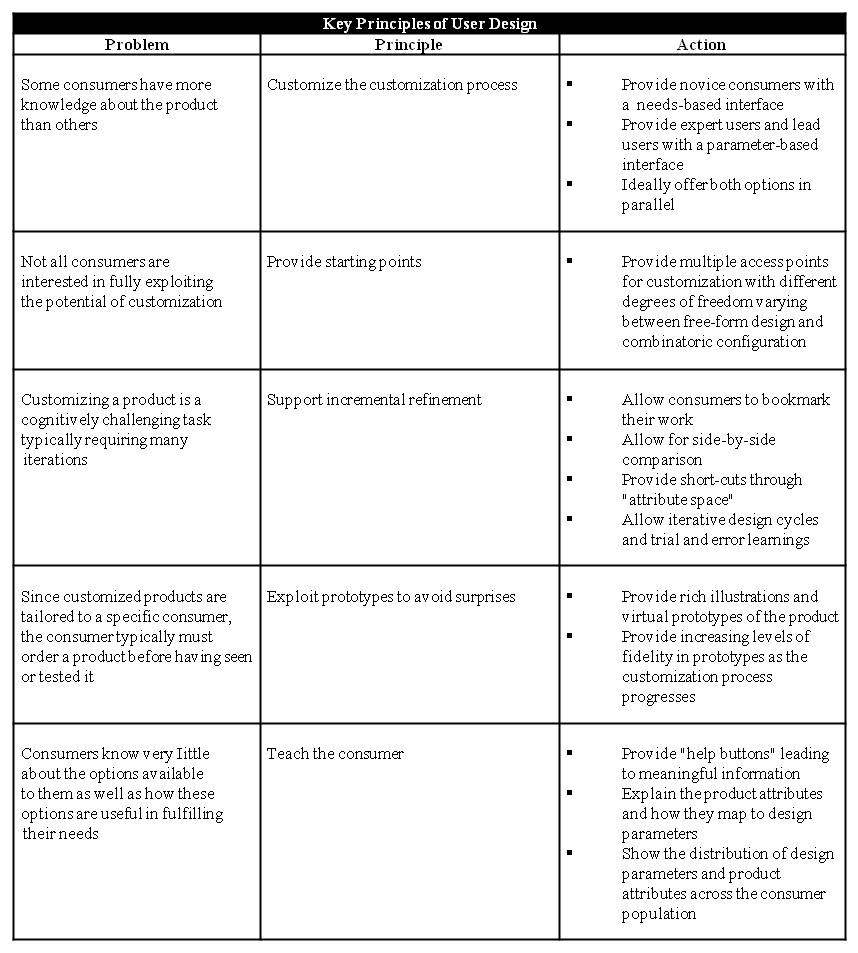
Table 1: The key principles of user design adapted from Randall/Terwiesch/Ulrich (2005)
Application of the web-based user design for automotive infotainment systems at Audi
Automotive infotainment systems combine electronic systems such as radio, sound, navigation, phone, display, antenna, interfaces and control. A major challenge is to design systems which reflect the ideal combination of information, communication and entertainment elements for the different customer groups of the offered car models. The project aim was to actively integrate customers in the development of future infotainment systems for the models Audi A3 and Audi A4 building up on the experiences made with existing high-end infotainment solutions. In order to allow consumers to talk a about a product they were not able to experience so far we offered a virtual prototype which allowed the participants to get familiar with the planned infotainment system and then state their actual wants, needs and ideas.
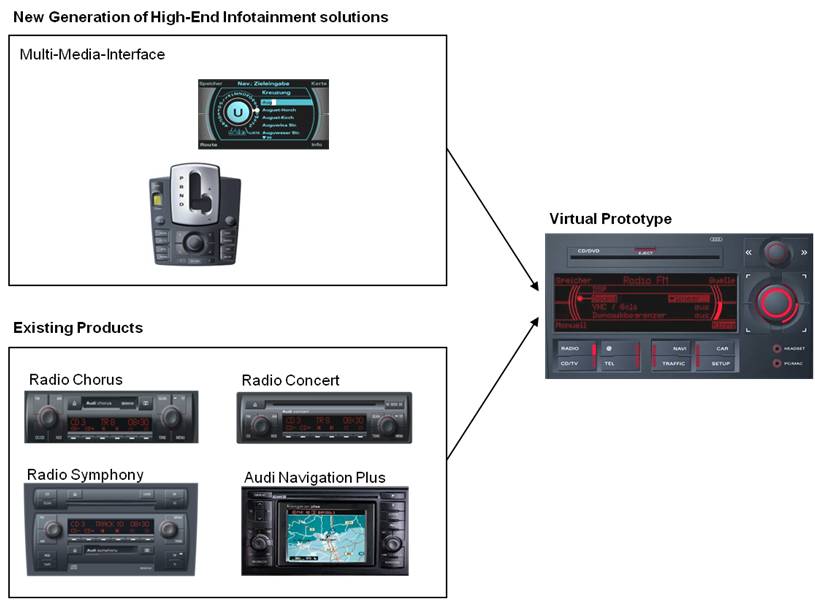
Figure 1: The Virtual Prototype
Many features and functions offered by the virtual prototype were not integrated at this time in existing Audi systems and therefore existed only virtually. For the configuration of the individually preferred systems technical interdependencies as well as changes in price were taken into account. The composed infotainment device was visually displayed and adapted according to the selected features and functions in real time (according principle: explore prototypes to avoid surprises). It was possible to adjust the configuration iteratively and at any time (according principle: support incremental refinement). Visual enhanced explanations of new features and auditory effects e.g. regarding the voices of the navigation announcements complemented the visual effects and product animations (according principle: teach the customer). Figure 2 shows the different sections of the entire Virtual Lab 2 study while Figure 3 shows the user interface used by customers to create their individually preferred infotainment system.
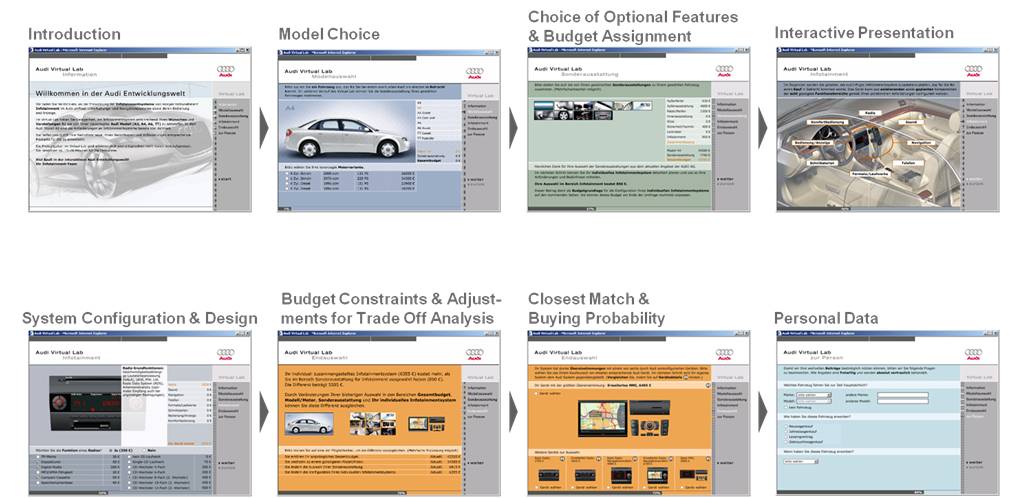
Figure 2: Virtual Lab Section Overview
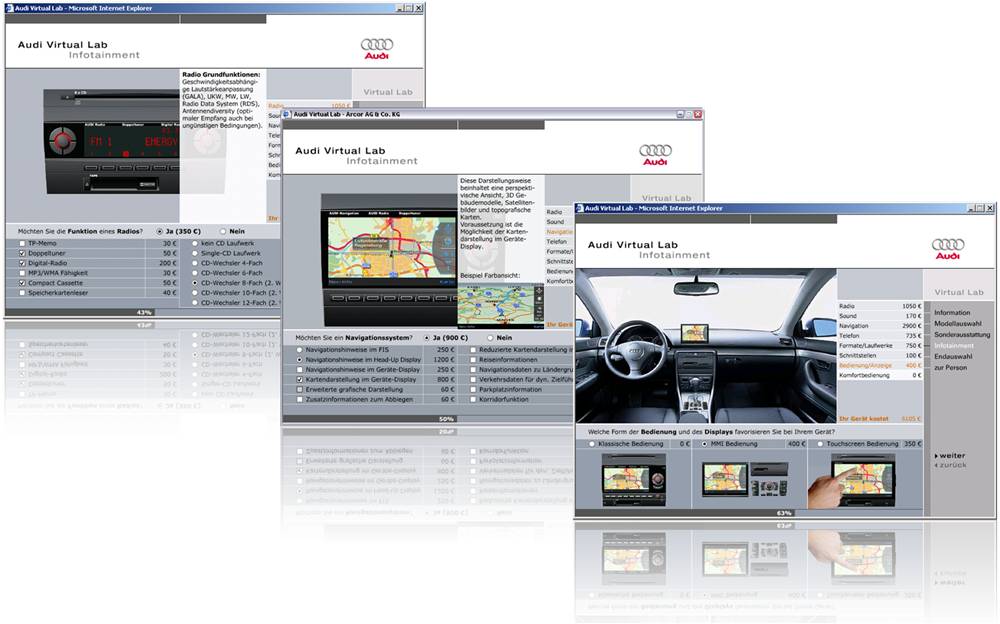
Figure 3: Virtual Lab User Interface
Results and learnings
Manifold findings and information were gained with help of the Virtual Lab. First of all we identified preferences regarding features and feature combinations for the future infotainment system. The results were grouped based on Audi models and other data like demographics and consumer traits. These results were basically presented in form of an extensive statistical report. Additionally with the integrated closest match functionality it was possible to match the preferred user designs with the planned audi infotainment product program. Never before such an early match between the R&D product roadmap and actual user designs took place in the Audi infotainment development process. This kind of front loading customer feedback within the innovation process allowed easily to change development specifications in this early development stage without loosing a great amount of time and money based on already invested development efforts. As another finding it was amazing to see how highly engaged and intrinsically motivated the participants were. Most of them spent between 20 and 45 minutes on the platform. Except of some baseball caps no additional incentives were offered. Moreover half of the contacted participants of Virtual Lab 1 also took part in the Virtual Lab 2 although 2 years were in between. In both Labs about 80% of the participants expressed interest in taking part in future virtual development projects not restricted to infotainment systems. This indicates the enormous potential to also re-engage users for innovation activities more frequently and maybe to set up innovation panels which rarely exists today. Another great takeaway were the huge number of service ideas, comments and visions on future automobile solutions which were described in open text fields. Until today the Audi MMI sets industry standards as a consumer centric system and is continued throughout the Audi model range.

Figure 4: The Audi MMI
Future perspectives on web-based user design and configurators
The experiences gained in the Virtual Lab projects suggest high face validity. That is to say that consumer feedback as well as the assessment of the collected data by the Audi management shows that the Virtual Lab led to the proposed individual preferred infotainment configuration. However, further tests regarding external validity and the application of the user design method in other industries and for different products and services must be carried out. In the future high quality 3-D product renderings, appealing web design and content, as well as realistic usage scenarios will be used to increase consumers’ immersion and to enable a more realistic evaluation. In brief, we intend to maximize consumers’ benefits like powerful graphics, and minimize consumers’ effort like learning. Compared to traditional conjoint analysis which rather focuses on rigid data collection than on playful and enjoying product evaluation experiences, the participation in user design should be considered as playful activity and self-rewarding experience. Getting consumers’ attention will lead to more realistic and honest judgments. This is mind opens up a new and fascinating field of research which is the combination of configurators/web-based user designs in the front-end and statistical algorithms in the back-end. Although today terabytes of data are generated by car configurators of the leading automobile companies they make no use it for product development. The MIT is already working on a FastPace Family of Conjoint Analyses (http://mitsloan.mit.edu/vc/m-main.php) which allow a nearly similar prediction quality of utilities or values that each customer places on the features which much fewer questions which could perfectly be combined with a configuration interface. Hence I see the major opportunities for further developments in the conflict resolution of the sometimes contrary requirements of rigid data collection (i.e. boring and factitious conjoint experiments) and compelling use experience (i.e. realistic decision building with configurators for user design.
Would you like to download this article?
References
Dahan, Ely and John Hauser (2002). The virtual customer. Journal of Product Innovation Management, Vol. 19, No. 5: 332-53.
Füller, Johann; Bartl, Michael; Ernst, Holger and Hans Mühlbacher (2006). Community Based Innovation: How to Integrate Members of Virtual Communities into New Product Development. Electronic Commerce Research Journal, Vol. 6, No. 1: 57-73.
Randall, Taylor; Terwiesch, Christian and Karl Ulrich (2003). Principles for User Design of Customized Products. California Management Review, Vol. 47, No. 4: 68-85.

